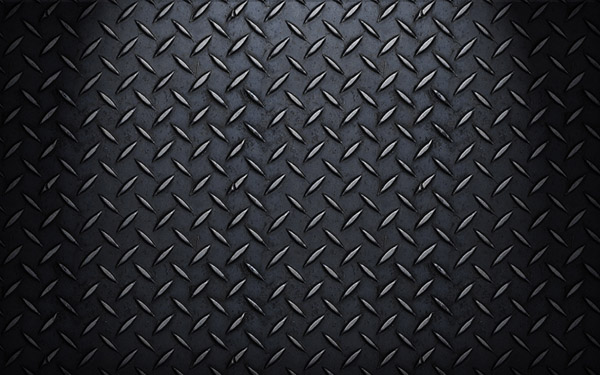APPLE’s New iPhone Feature Will Force You To Stop Filming Shows Forever
Apple, the manufacturer of the most popular cell phone in the world, was just granted a patent for a new iPhone feature that could limit your ability to take photos during concerts… or deny it completely.
As a growing number of musicians and fans complain that skies full of cell phones are ruining the concert experience — Apple’s new technology would almost instantly eliminate the iPhone user’s ability to take photos or videos during the show.
Here’s how the feature would work to shut down your camera on your phone: Apple would provide artists or venues with a device that sends an infrared signal from the stage into the crowd.
Your iPhone would subsequently detect the infrared signal. From there, the artist or the venue would have the ability to apply a watermark to your images or videos or prevent you from using your camera at all.
The granted patent seems to be a response to the rapid rise of live streaming — where more and more users are broadcasting live from inside of concert venues.
Here is Apple’s explanation, pulled directly from their patent filing:
“In some embodiments, a device may apply a watermark to detected images as an alternative to completely disabling a recording function. For example, a device may receive infrared signals with encoded data that includes a command to apply a watermark to detected images. In such an example, the device may then apply the watermark to all detected images that are displayed or stored (e.g., single pictures or frames of a video).”

The infrared emitters can also transfer information, such as advertisements from the band or the venue to your phone in the midst of the live event. Here’s more from the patent filing:
“An infrared emitter can be located near an object and generate infrared signals with encoded data that includes information about that object. An electronic device can then receive the infrared signals, decode the data and display the information about the object to the user.”
[H/T Gizmodo] Rockfeed



